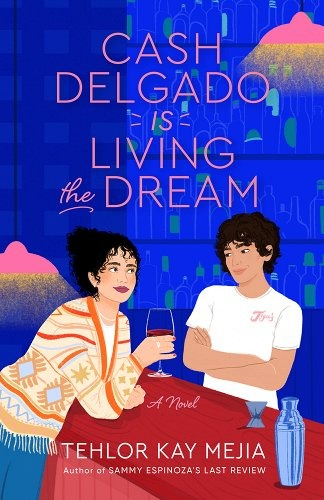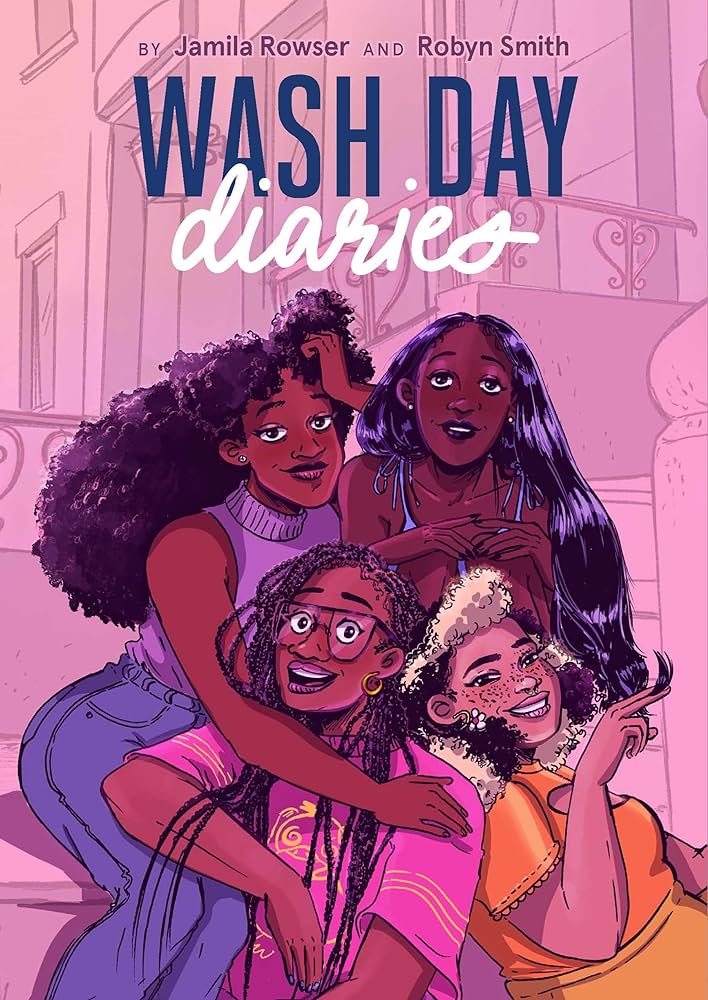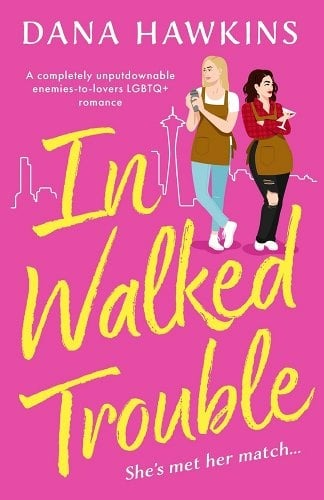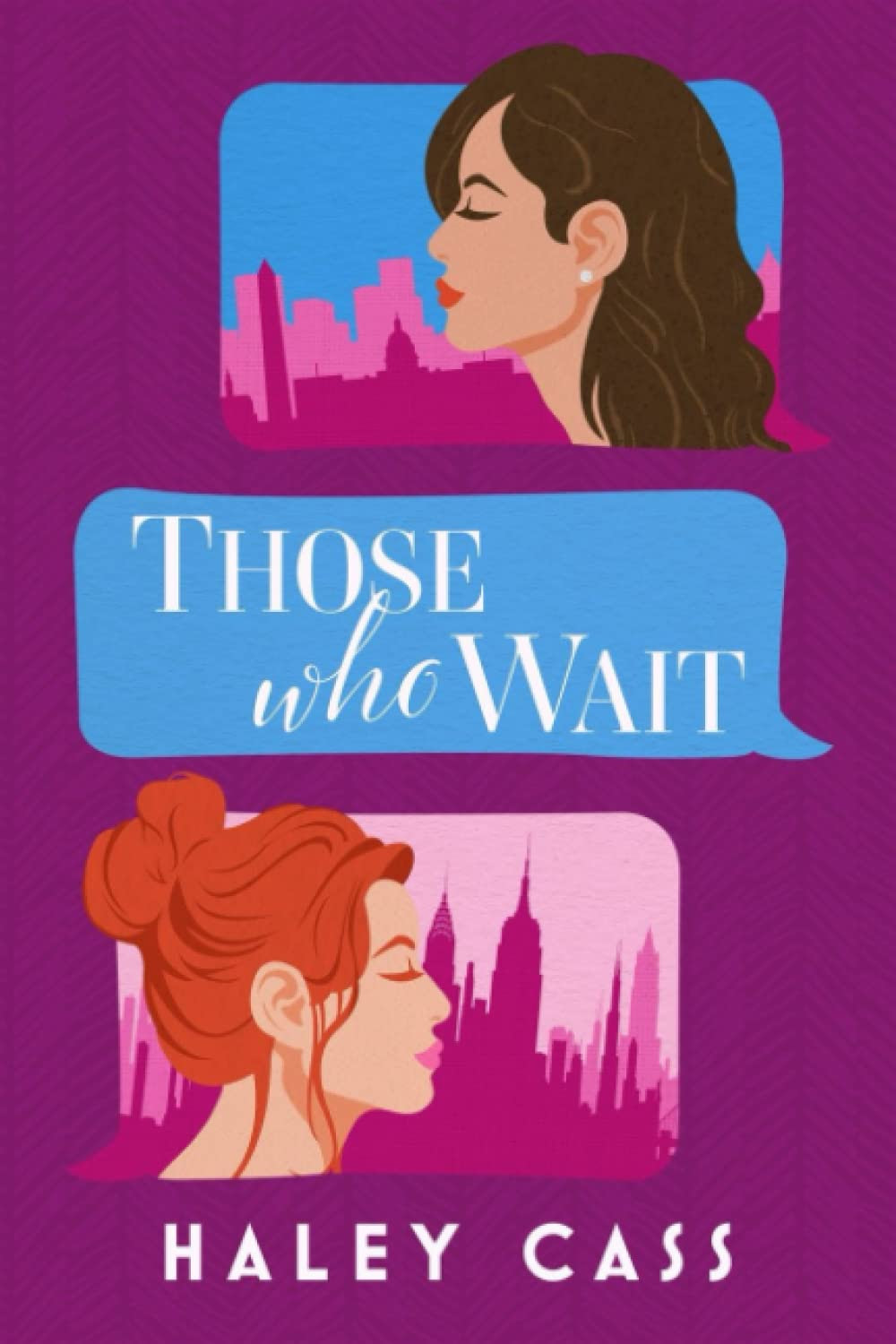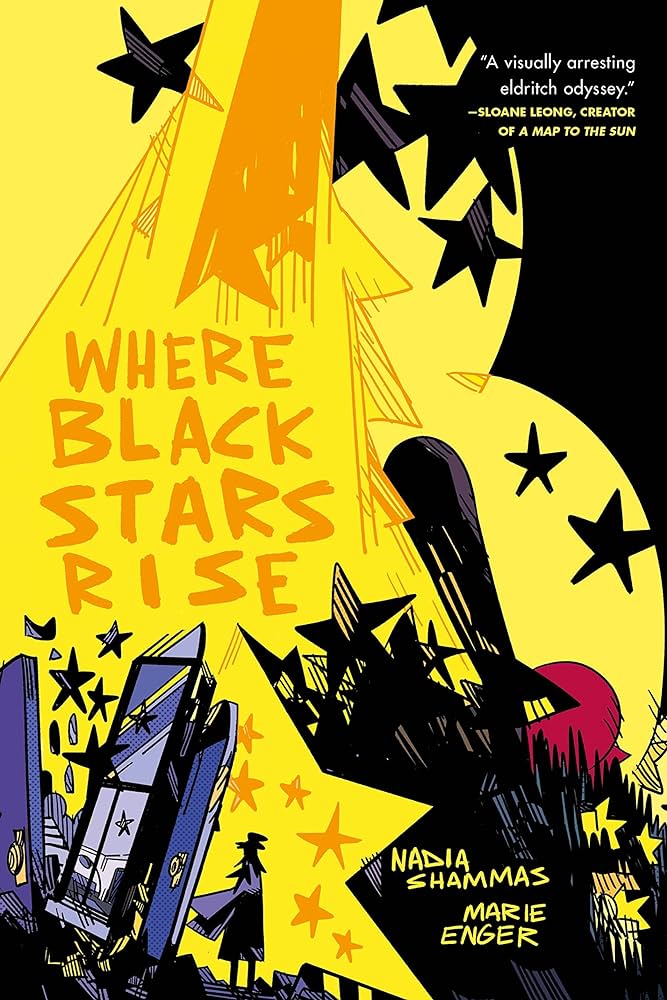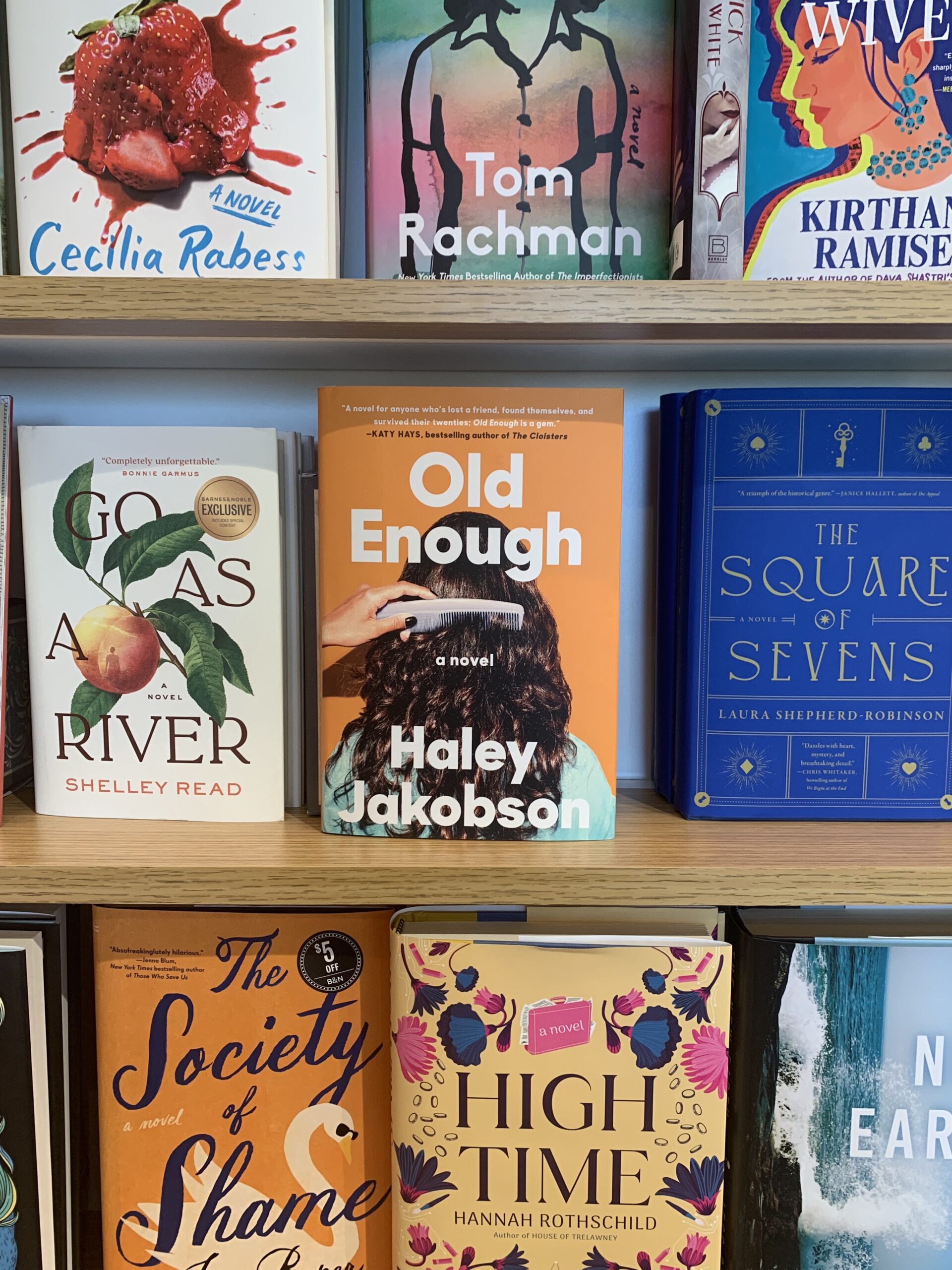Buy this from Bookshop.org to support local bookstores and the Lesbrary! [A quick note on spoilers: If you want to get very technical, this entire review is a spoiler. Seriously, if the mere mention of the word “spoilers” makes your skin crawl, here’s the short version of this review: Go read Cash Delgado Is Living theRead More
Love, Friendship, and Hair Care: Wash Day Diaries by Jamila Rowser and Robyn Smith
Buy this from Bookshop.org to support local bookstores and the Lesbrary! In Wash Day Diaries, readers follow a group of four young Black women from the Bronx, getting a glimpse of their daily lives through their hair care routine and wash day experiences. Presented as five interconnected short story comics, we get to meet Kim, whoRead More
A Fresh, Queer Take on Crime Fiction: Behind You by Catherine Hernandez
Amazon Affiliate Link In her new novel, Catherine Hernandez weaves gripping suspense and affecting emotion into a story of trauma, survival, and healing against the backdrop of one of Canada’s most terrifying historical events. Behind You (HarperAvenue 2024) follows Alma, a Filipina woman working as an editor for a true crime series called Infamous, which features sketchesRead More
A Lavender Haze Love Story: Late Bloomer by Mazey Eddings
Buy this from Bookshop.org to support local bookstores and the Lesbrary! “I wish I could say it gets better, but it only gets worse.” “Nothing says love like Taylor Swift.” There is a lot to like about Late Bloomer by Mazey Eddings, but these two lines are what made the book stand out for me. In context,Read More
Grumpy/Sunshine Behind the Bar: In Walked Trouble by Dana Hawkins
Buy this from Bookshop.org to support local bookstores and the Lesbrary! In Walked Trouble, Dana Hawkins’s newest novel, takes us away from the coffee shop of Not in the Plan and into Nueve’s, a Puerto Rican bar and restaurant that should totally exist. (Has anyone else noticed just how many great concepts for restaurants, bars, coffee shops,Read More
Making The Future Gay: The Five Things I Checked out From the Queer Liberation Library
Recently, a nonprofit in Massachusetts put out an exclusively queer book collection on Libby called the Queer Liberation Library (also known as QLL). Their mission is simple: by providing queer people with diversity-focused literature and resources, QLL is building a future that is undeniably queer. This collection of e-materials is available to anyone with an email address,Read More
F/F Jamaican-Inspired YA Fantasy with Dragons: So Let Them Burn by Kamilah Cole
Buy this from Bookshop.org to support local bookstores and the Lesbrary! Any other Eragon girlies out there? Check out So Let Them Burn, a Jamaican-inspired F/F young adult fantasy that delivered from beginning to end! This moving and action-packed debut has made me a Kamilah Cole fangirl and I can’t wait for the second book inRead More
Mental Illness, Diaspora, and Eldritch Horror: Where Black Stars Rise by Nadia Shammas and Marie Enger
Buy this from Bookshop.org to support local bookstores and the Lesbrary! Dr. Amal Robardin, a sapphic Lebanese immigrant who just started working as a therapist, finds herself deeply concerned after the mysterious disappearance of her very first client, Yasmin, a young woman from Iran who has been diagnosed with schizophrenia. Amal feels a responsibility toRead More
Healing in Queer Community: Old Enough by Haley Jakobson
Thank you to PENGUIN GROUP Dutton and Netgalley for this E-ARC in exchange for an honest review. (Published June 20, 2023) I’ve followed Haley Jakobson’s social media for a while, so I was thrilled to hear news of her debut novel. And let me say, it did not disappoint! Old Enough follows our main characterRead More
#SapphicSoccerStoryGoals: You Don’t Have a Shot by Racquel Marie
Bookshop.org Affiliate Link You Don’t Have A Shot is sapphic soccer-rivals-to-lovers perfection set in present-day Southern California. If you’re still mourning the fact that the Women’s World Cup is over or you agree that “fútbol is life” a la Danny Rojas from Ted Lasso (but with a queer Latina twist), this book is for you!Read More
